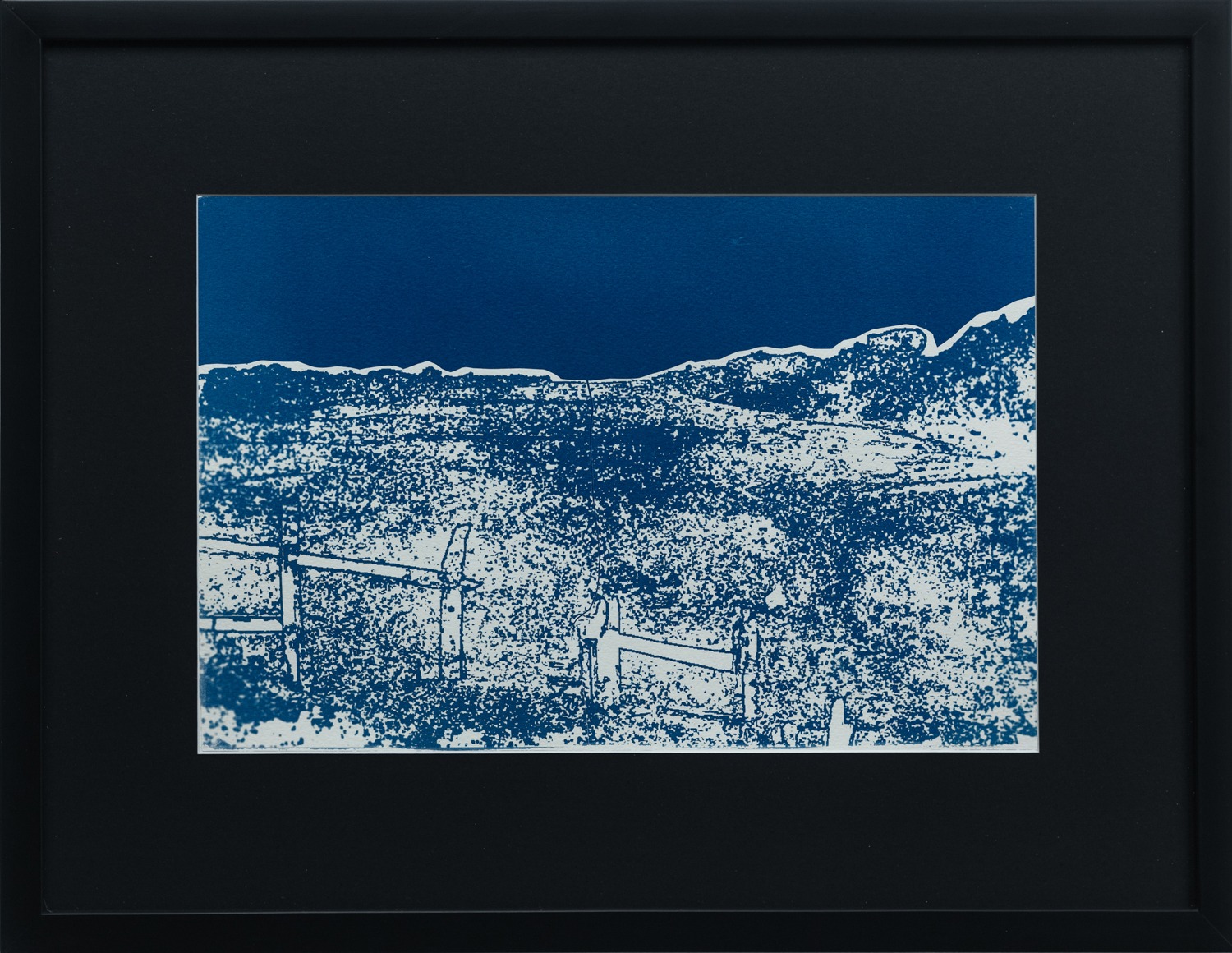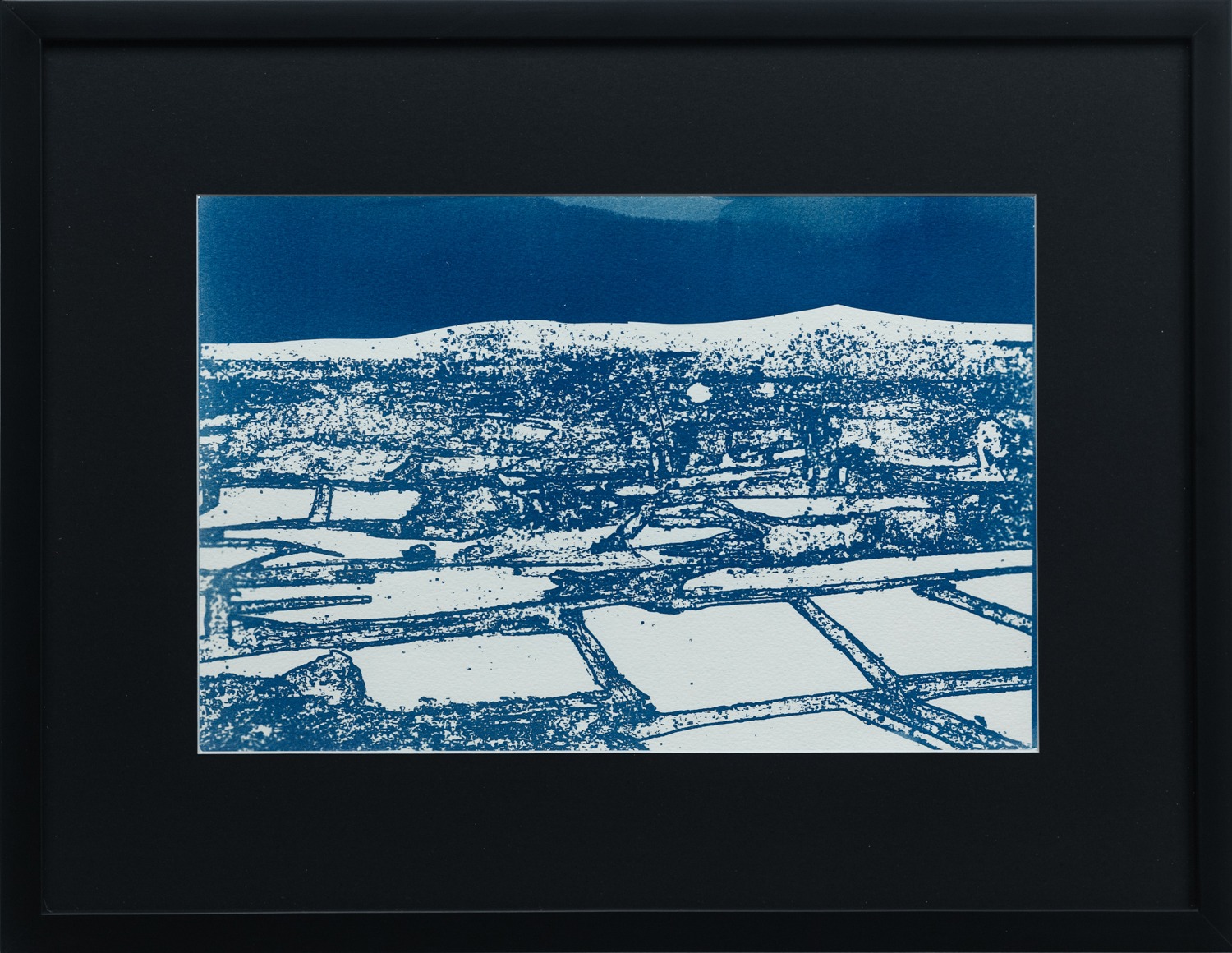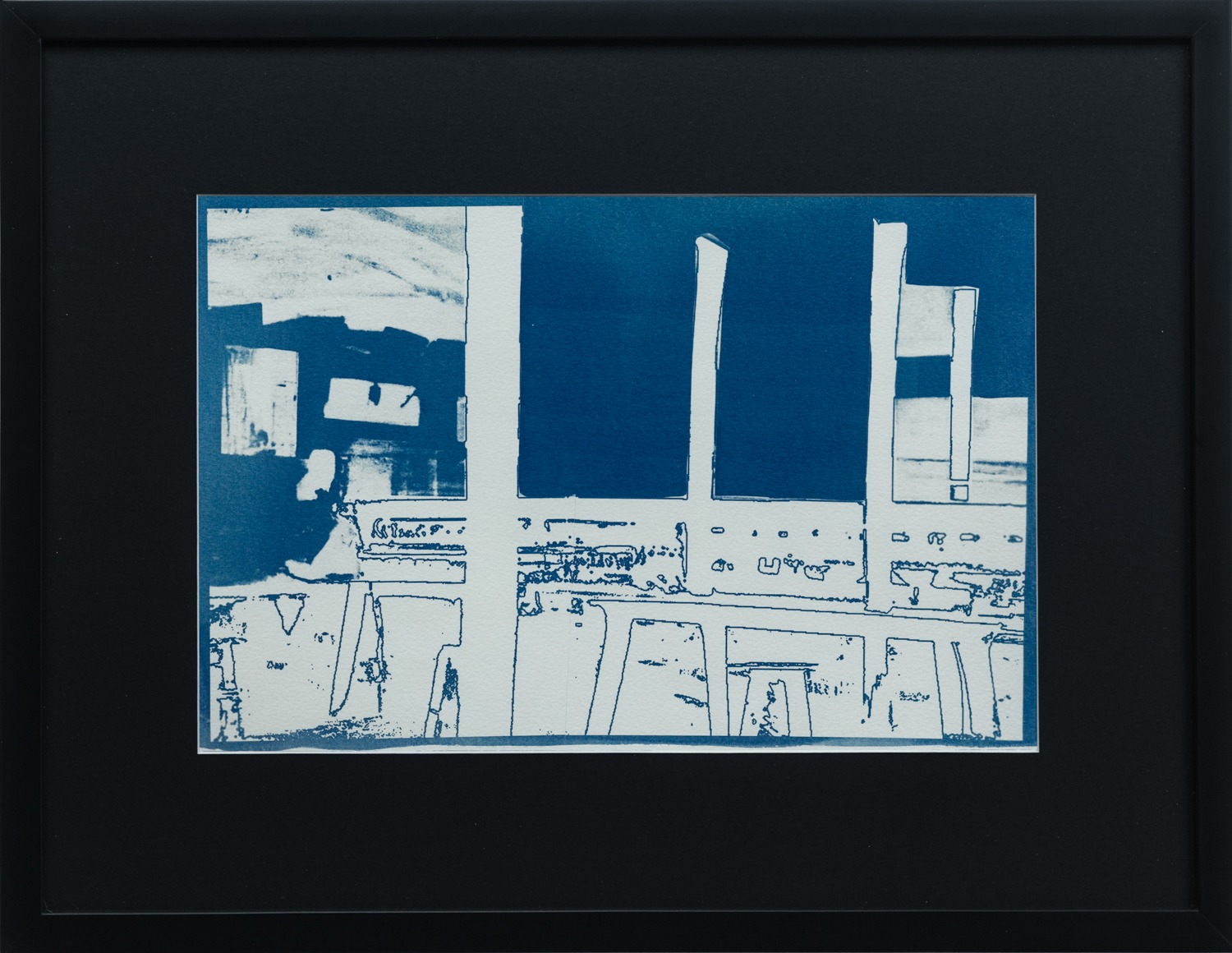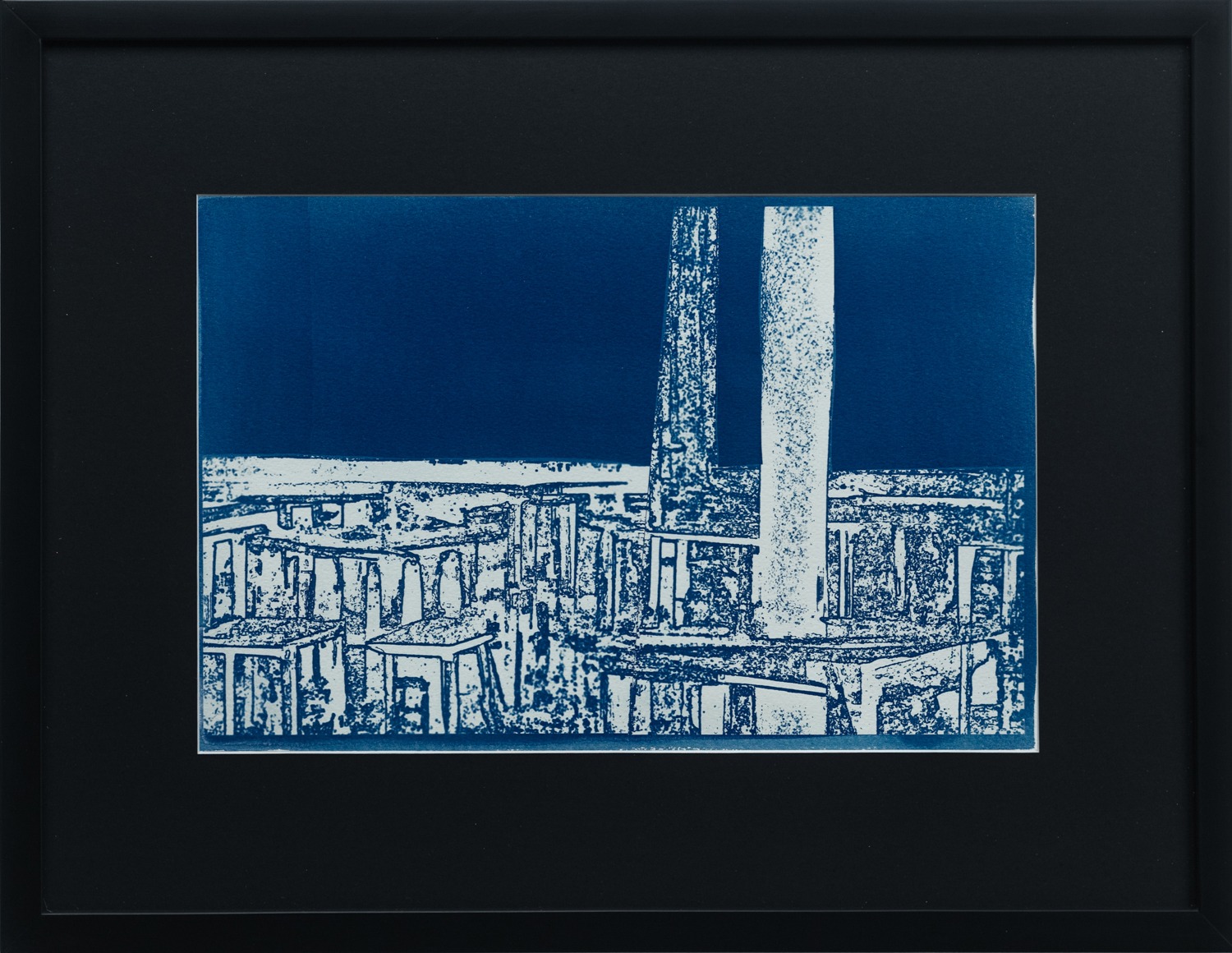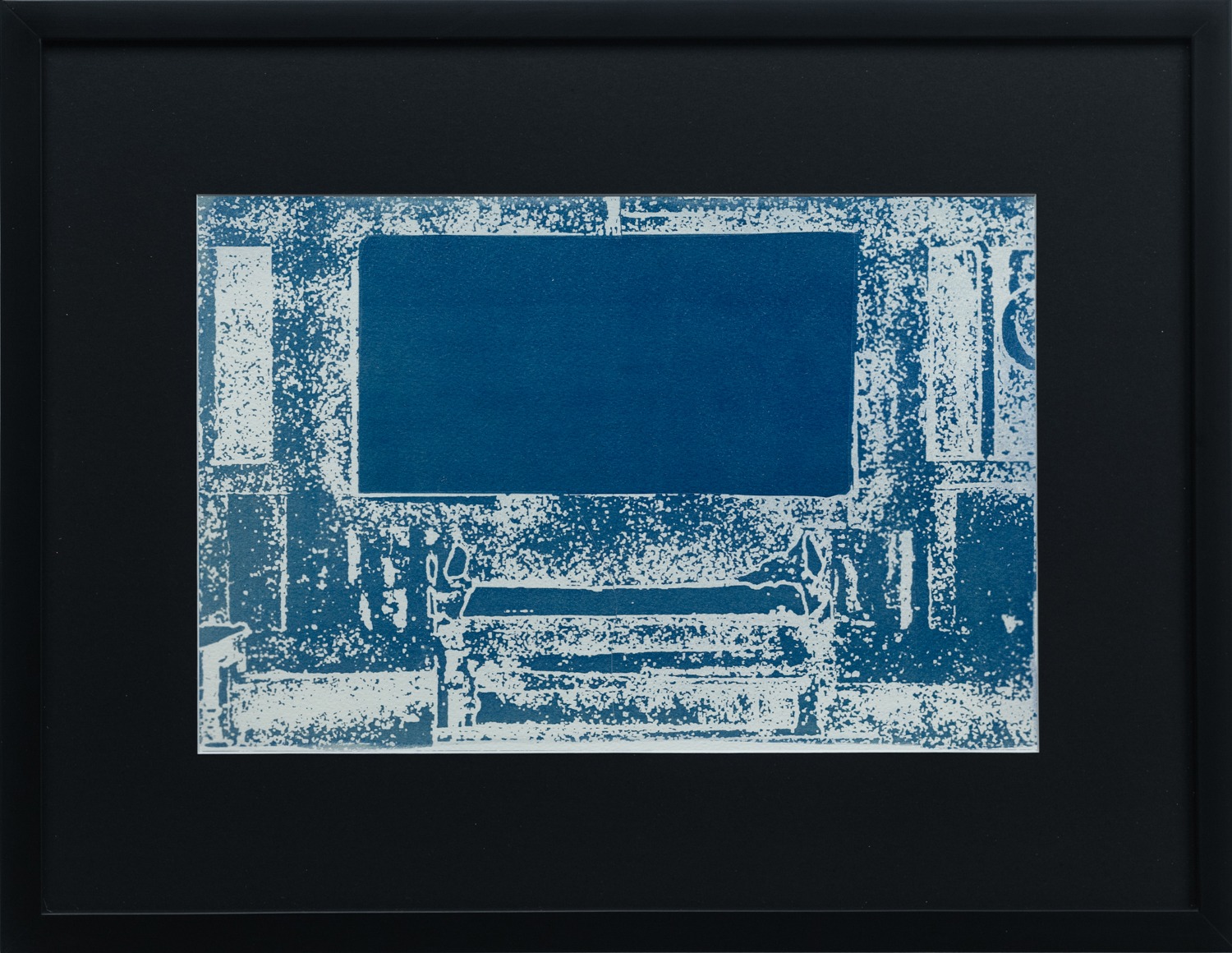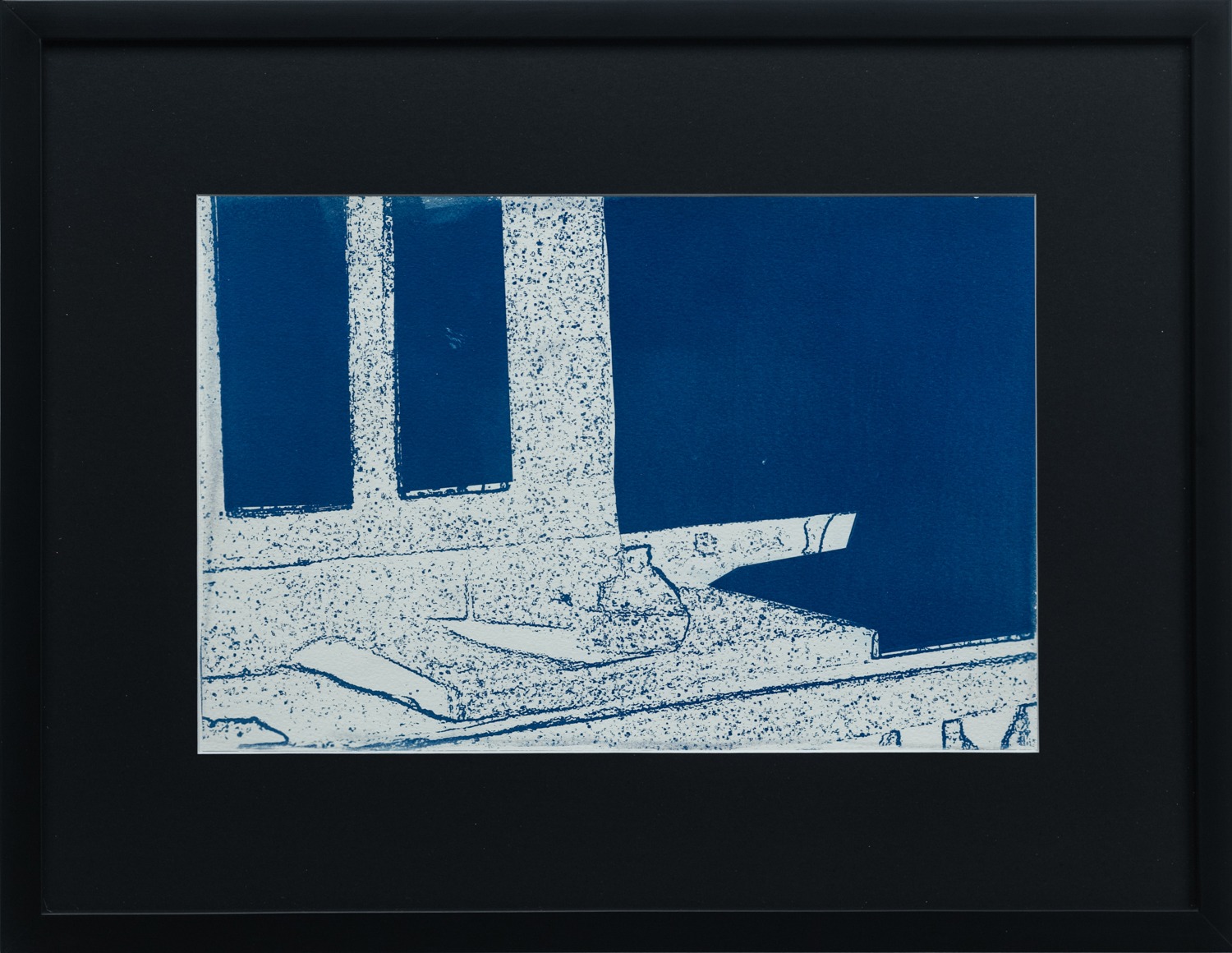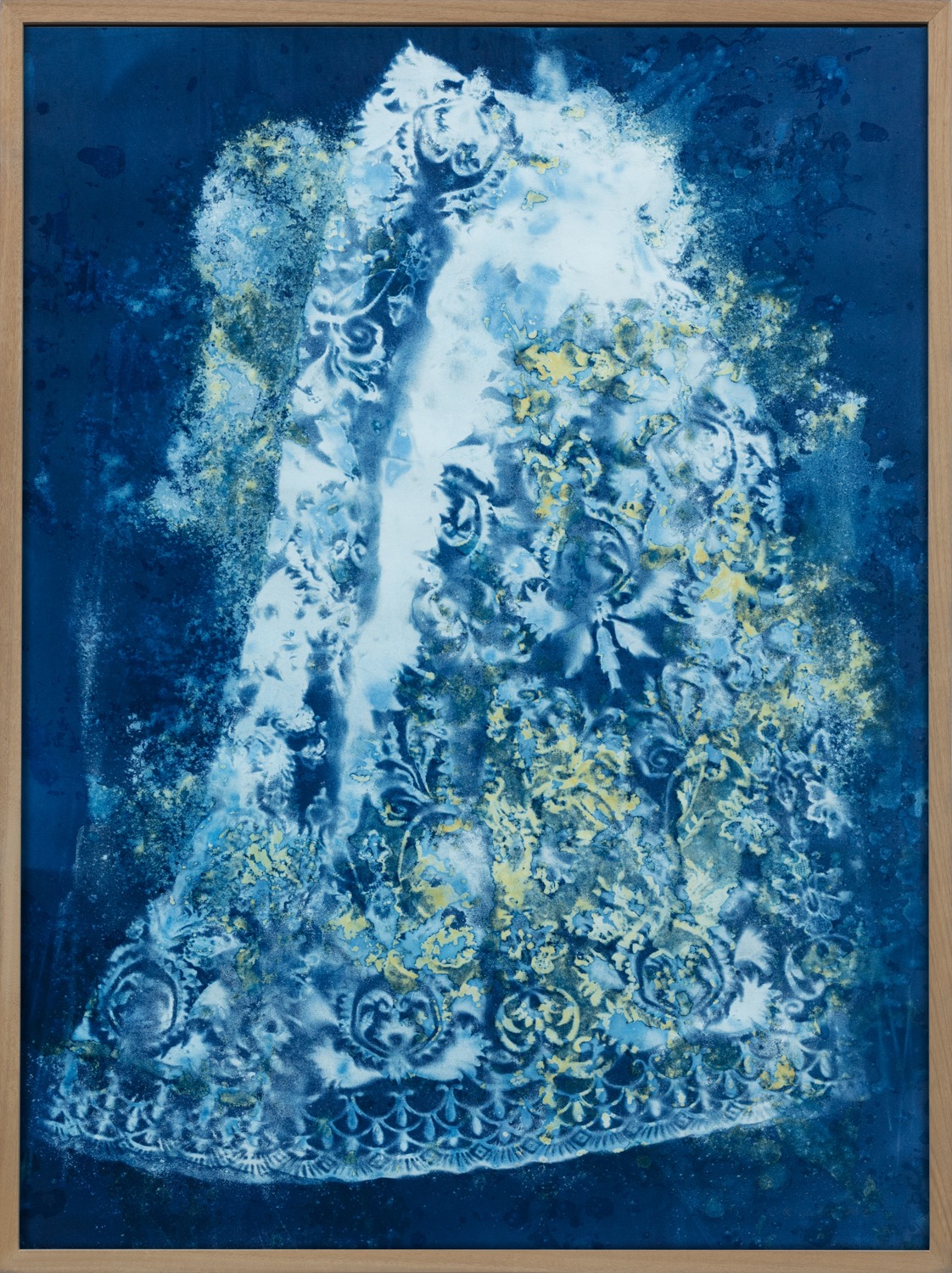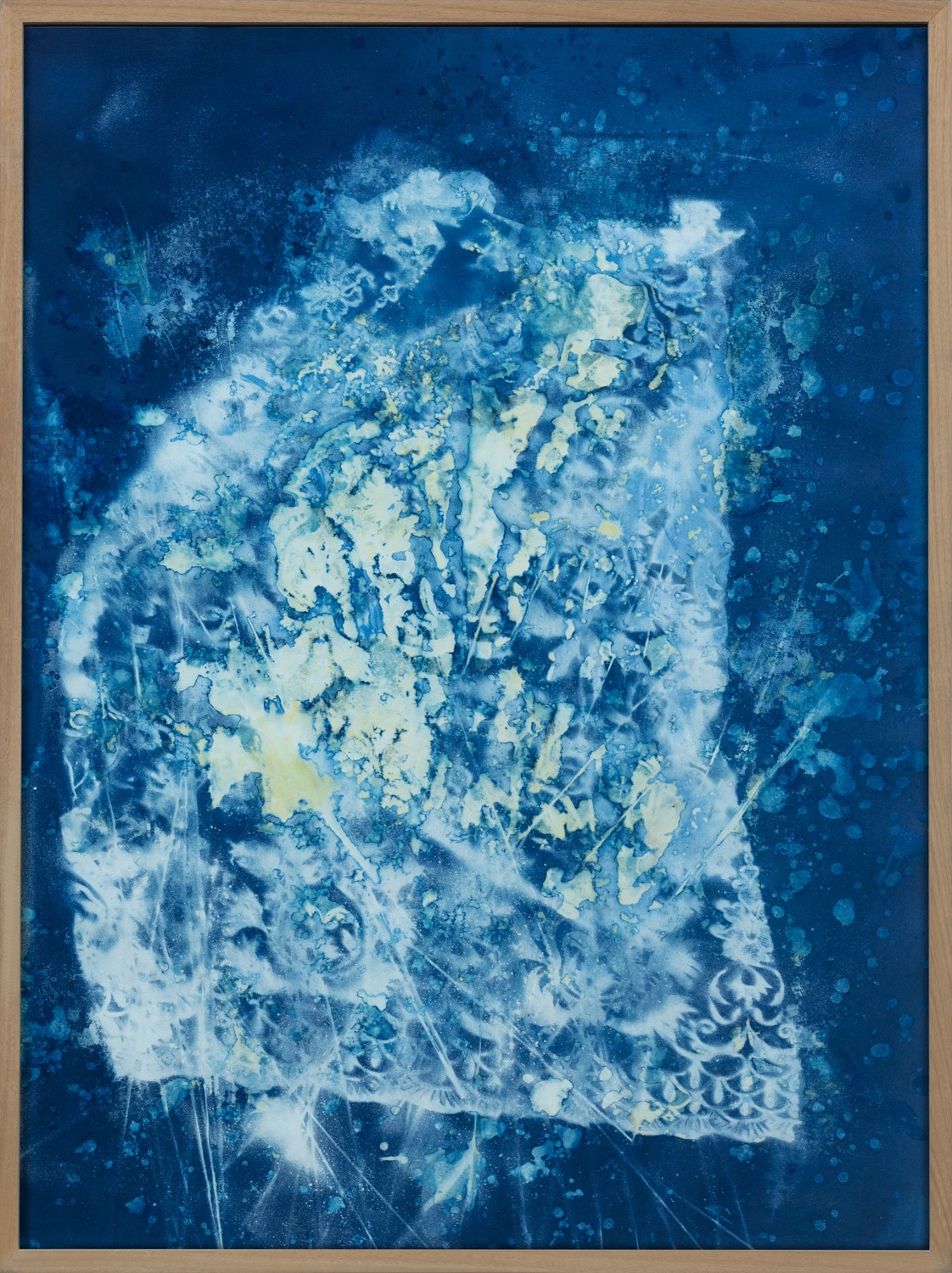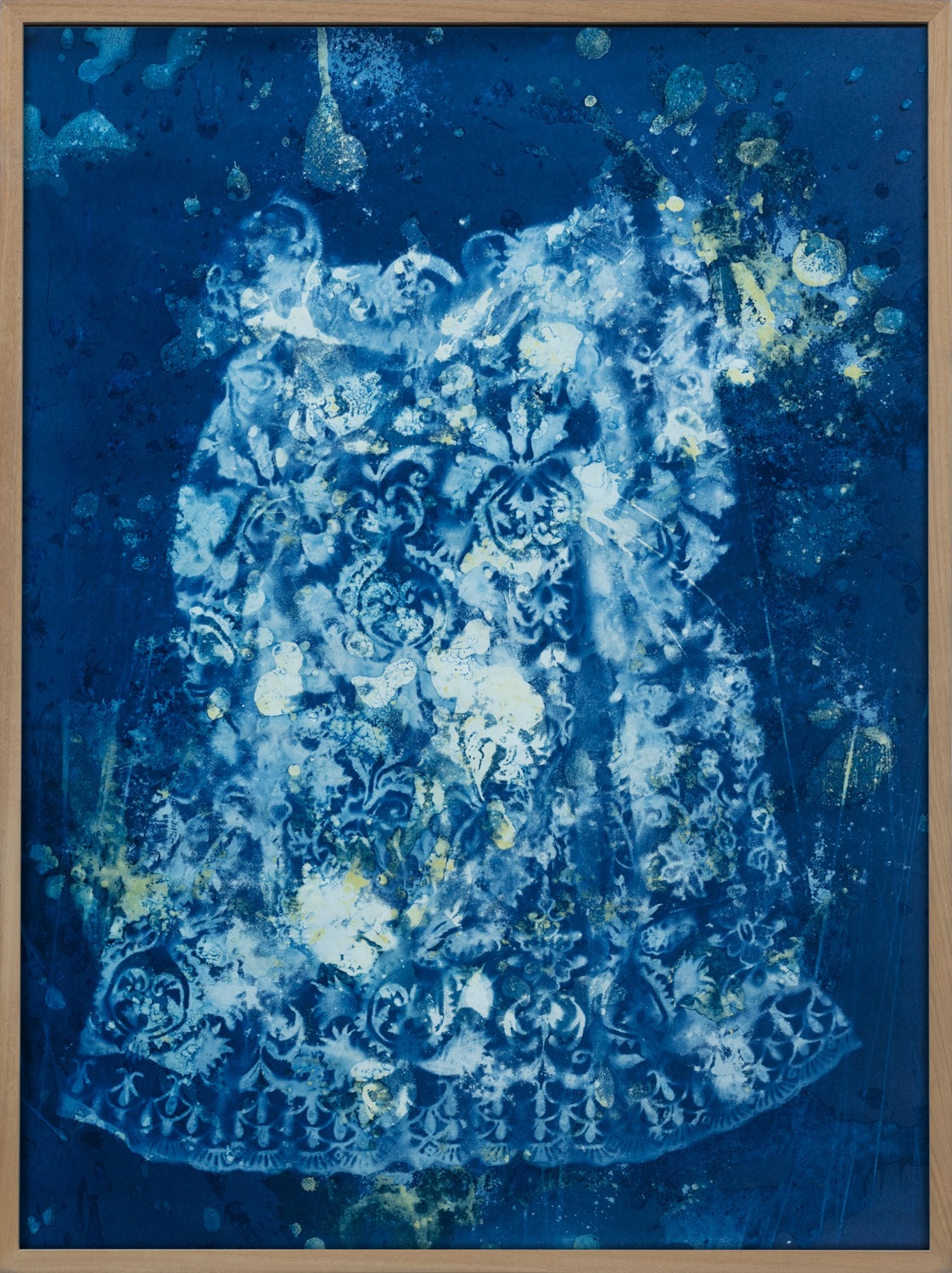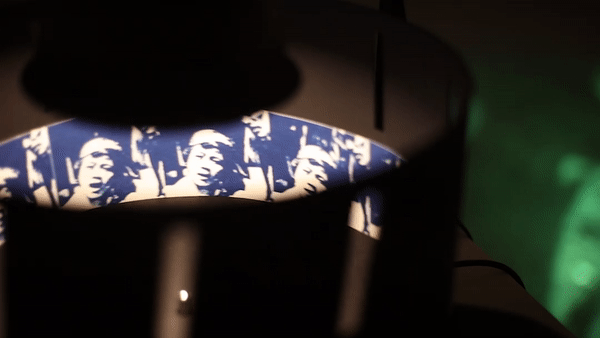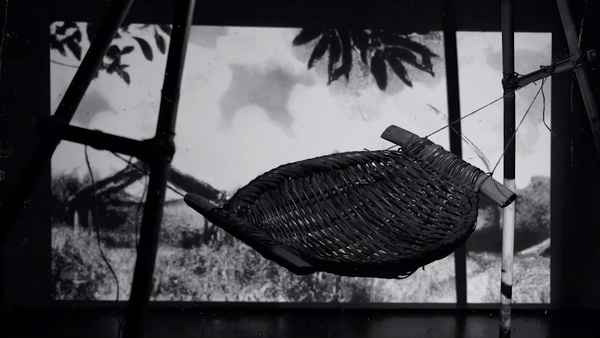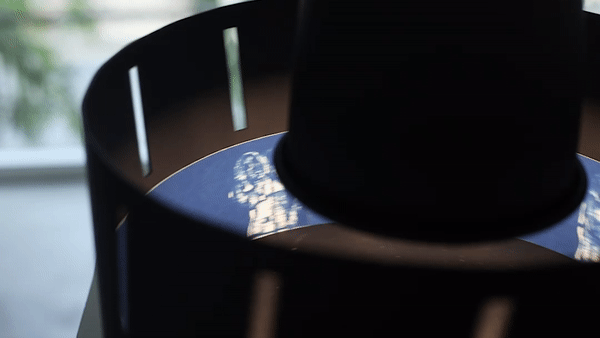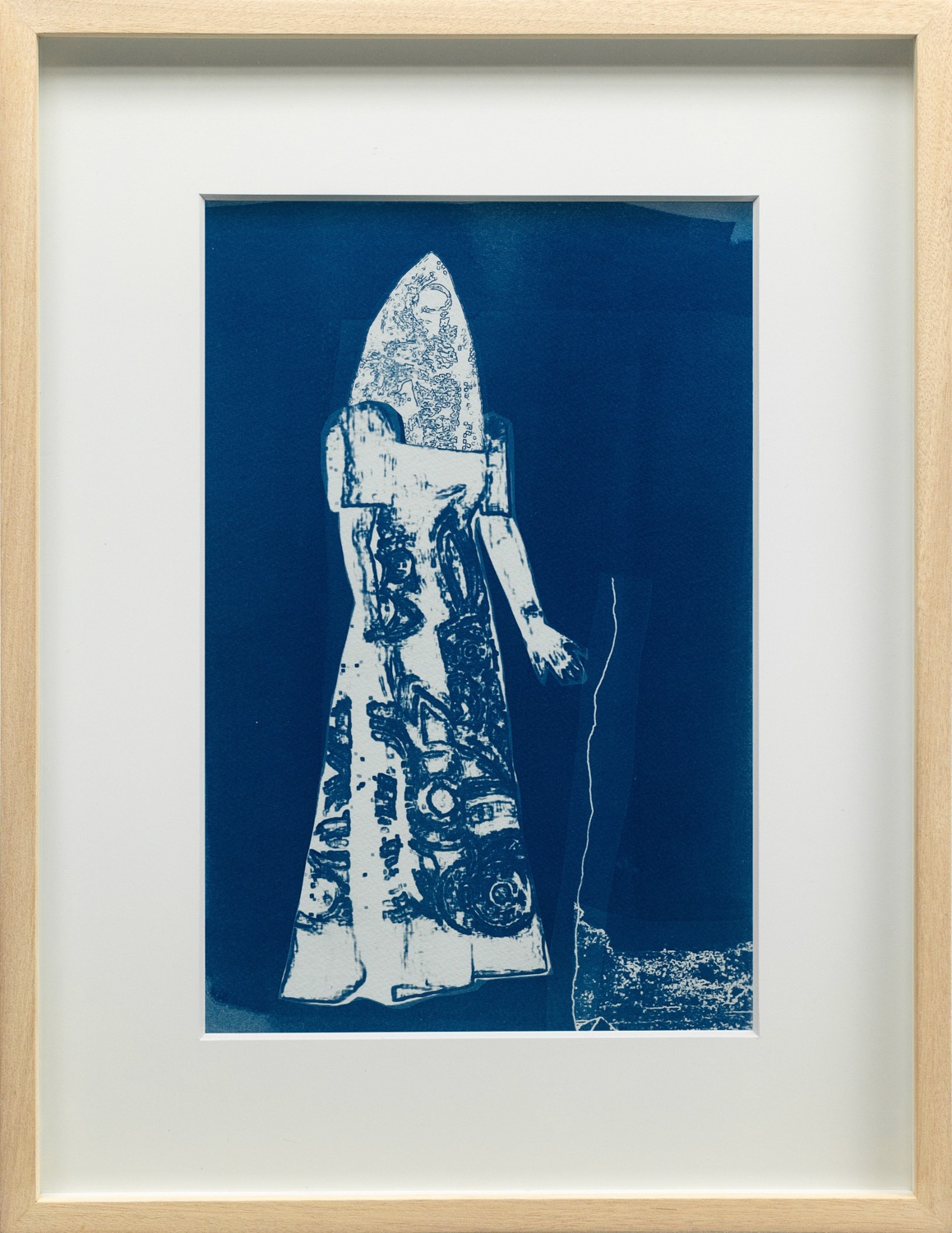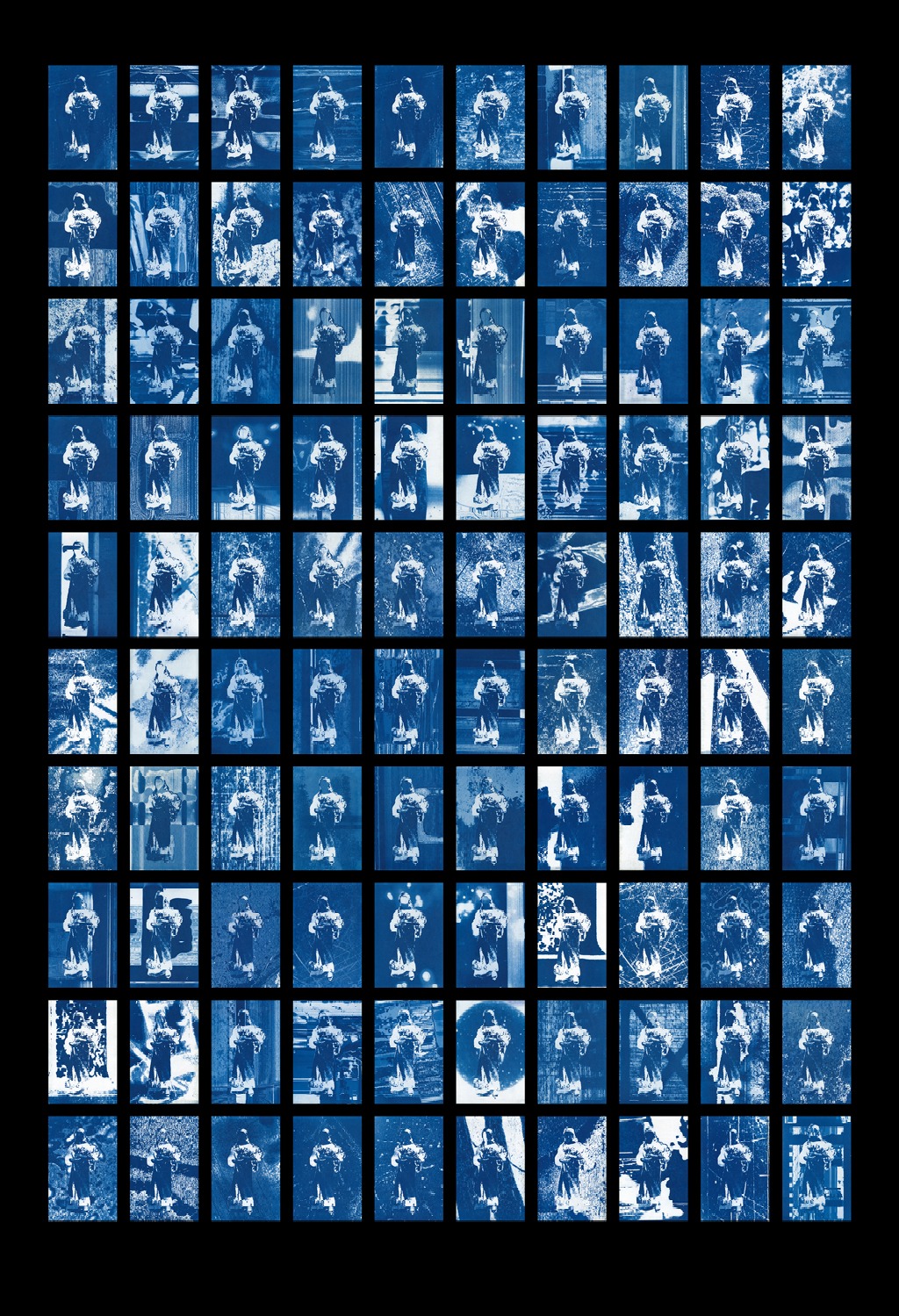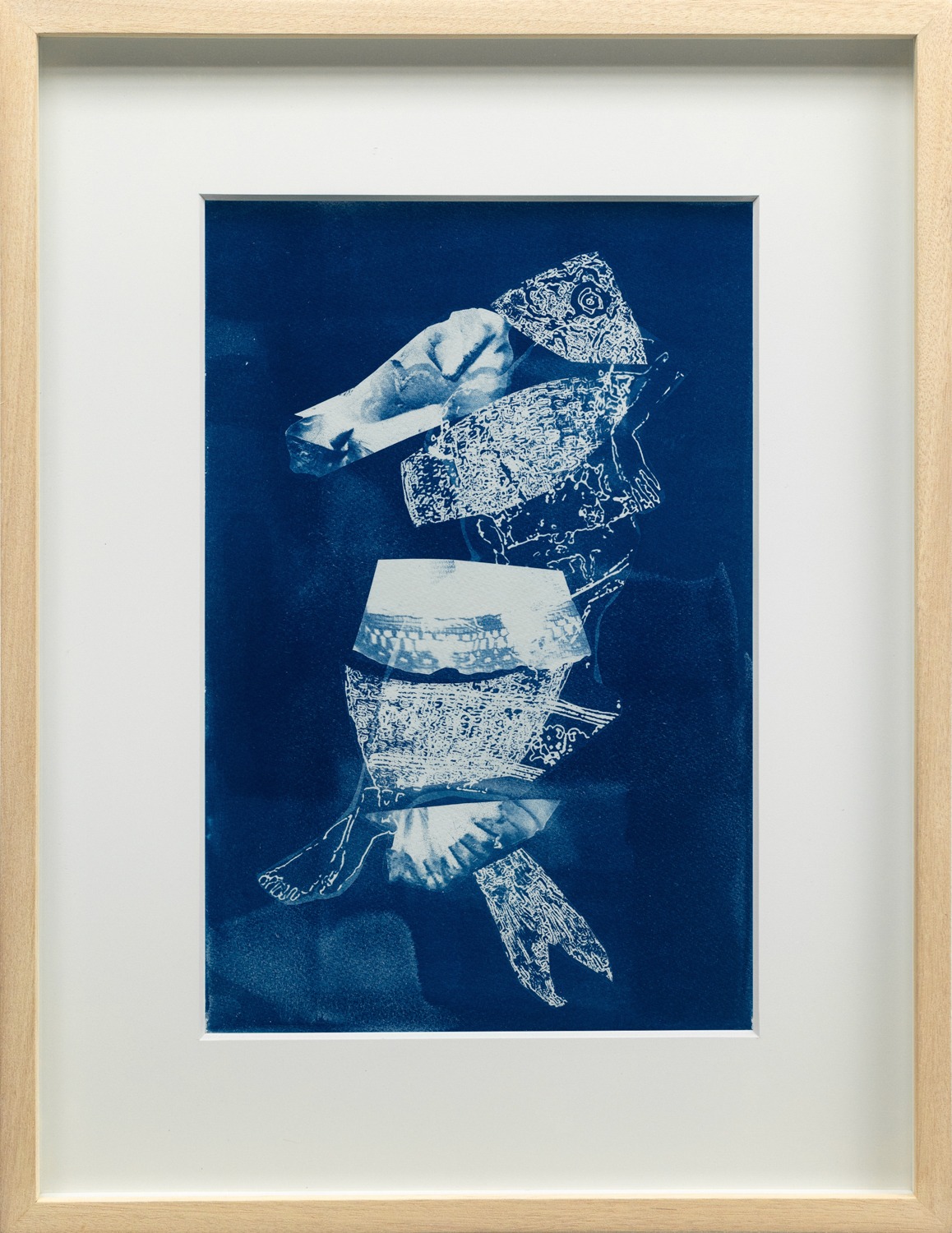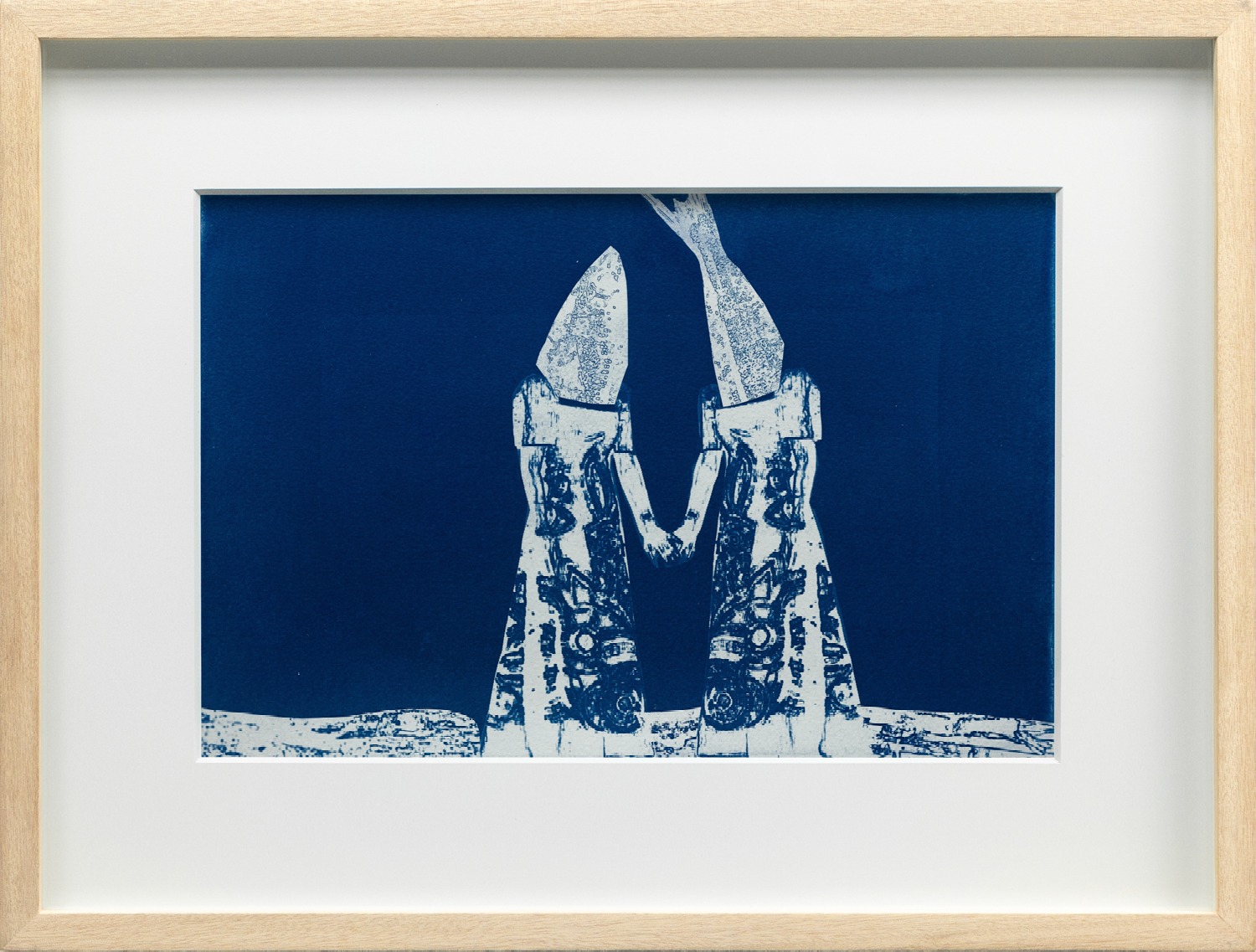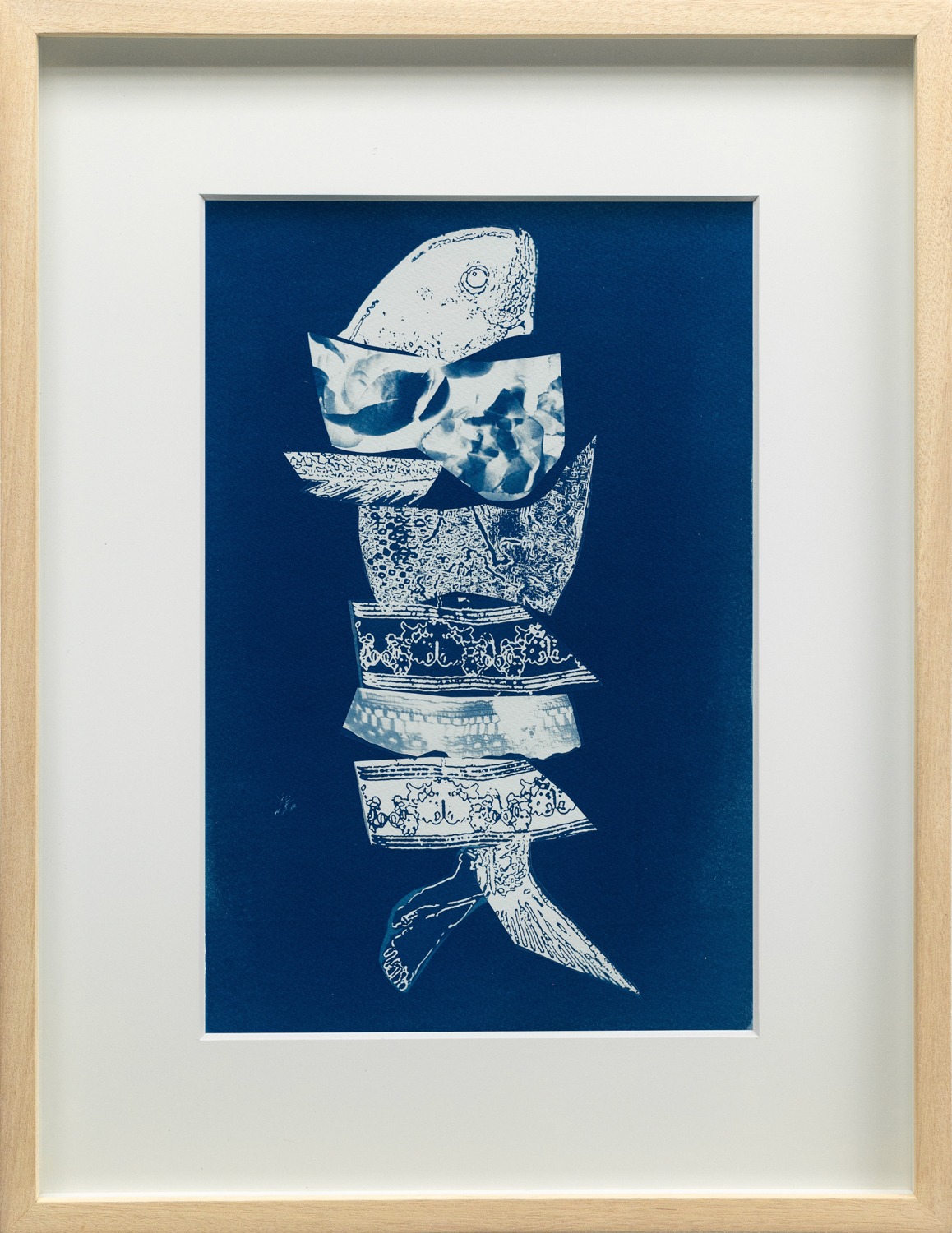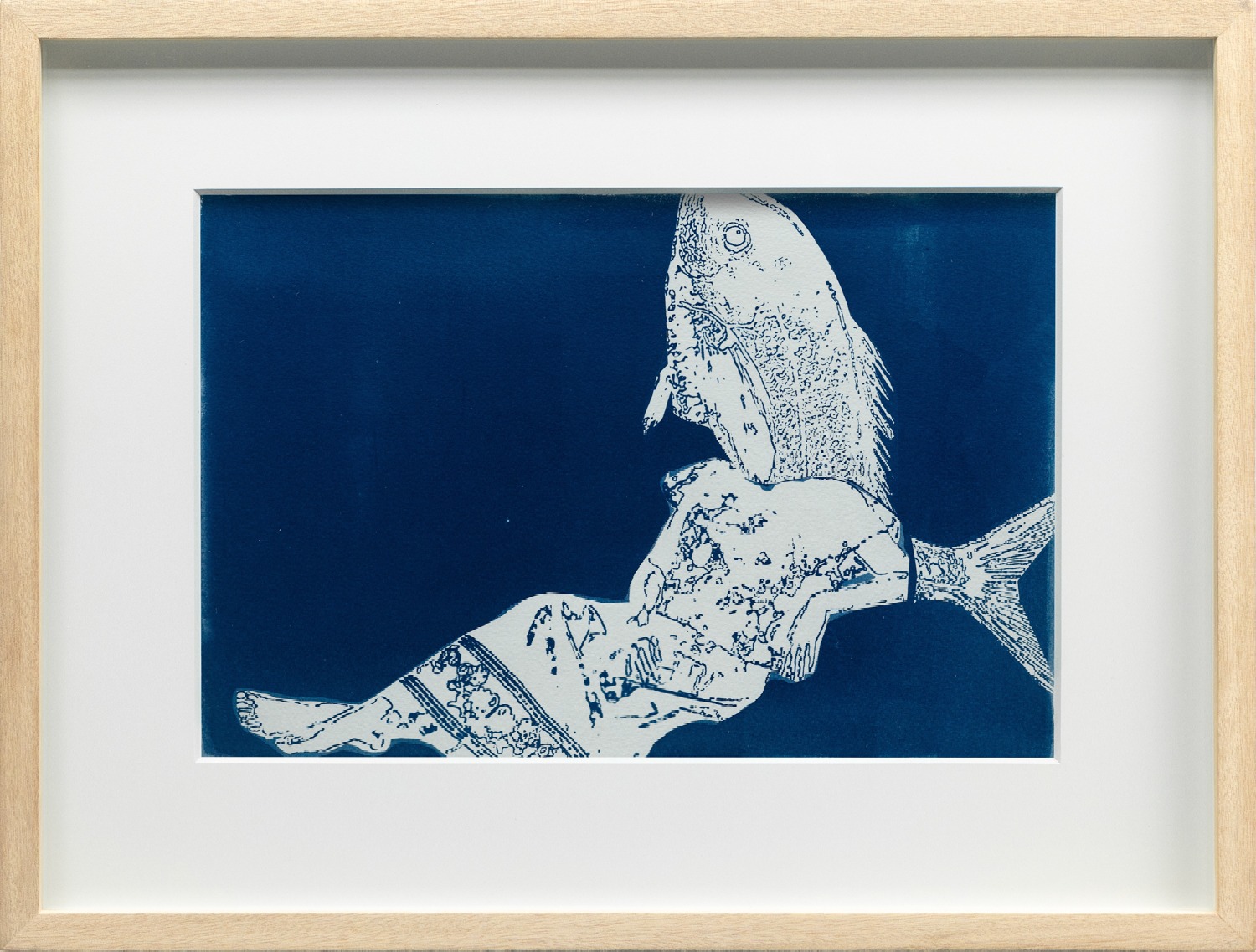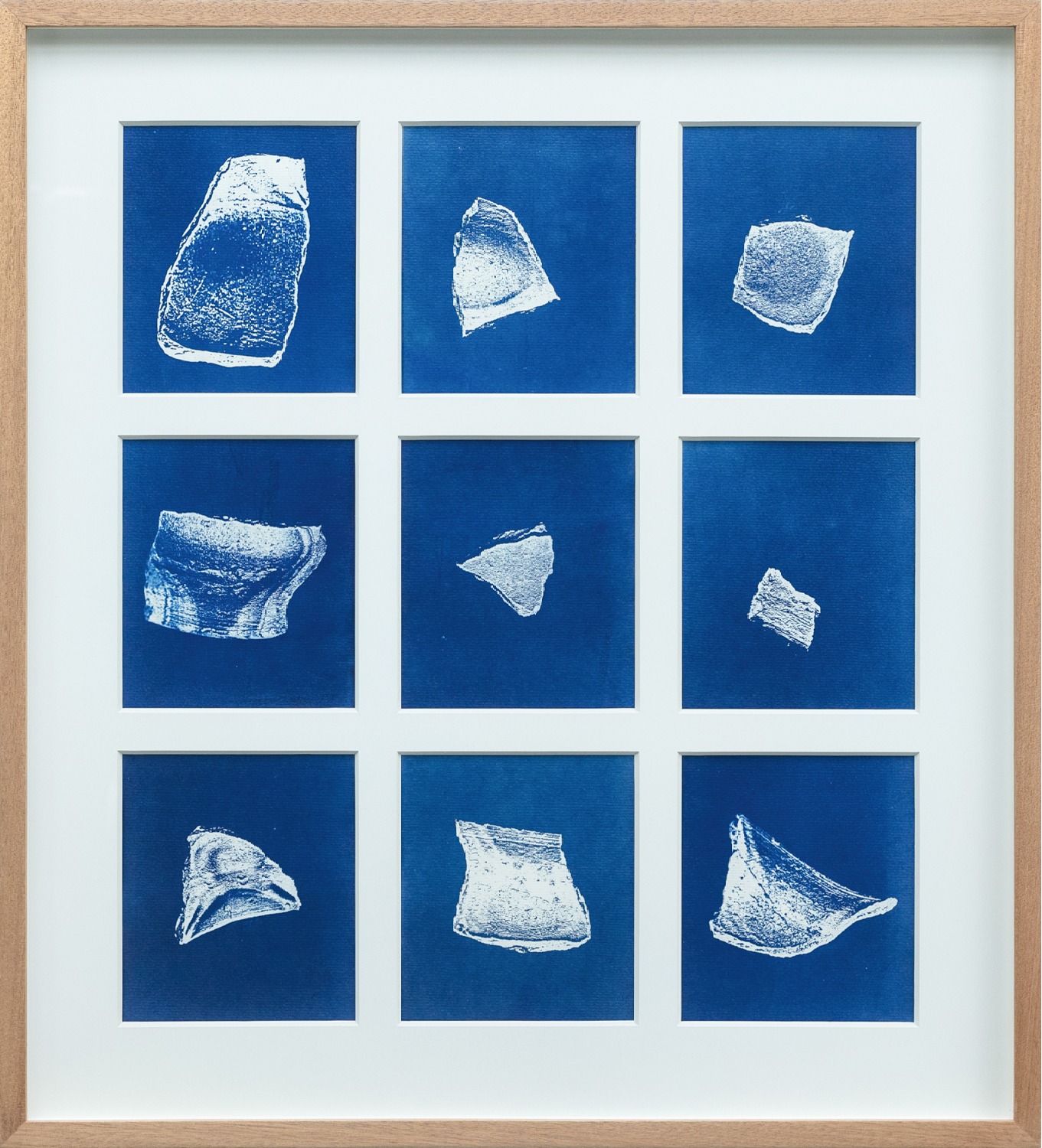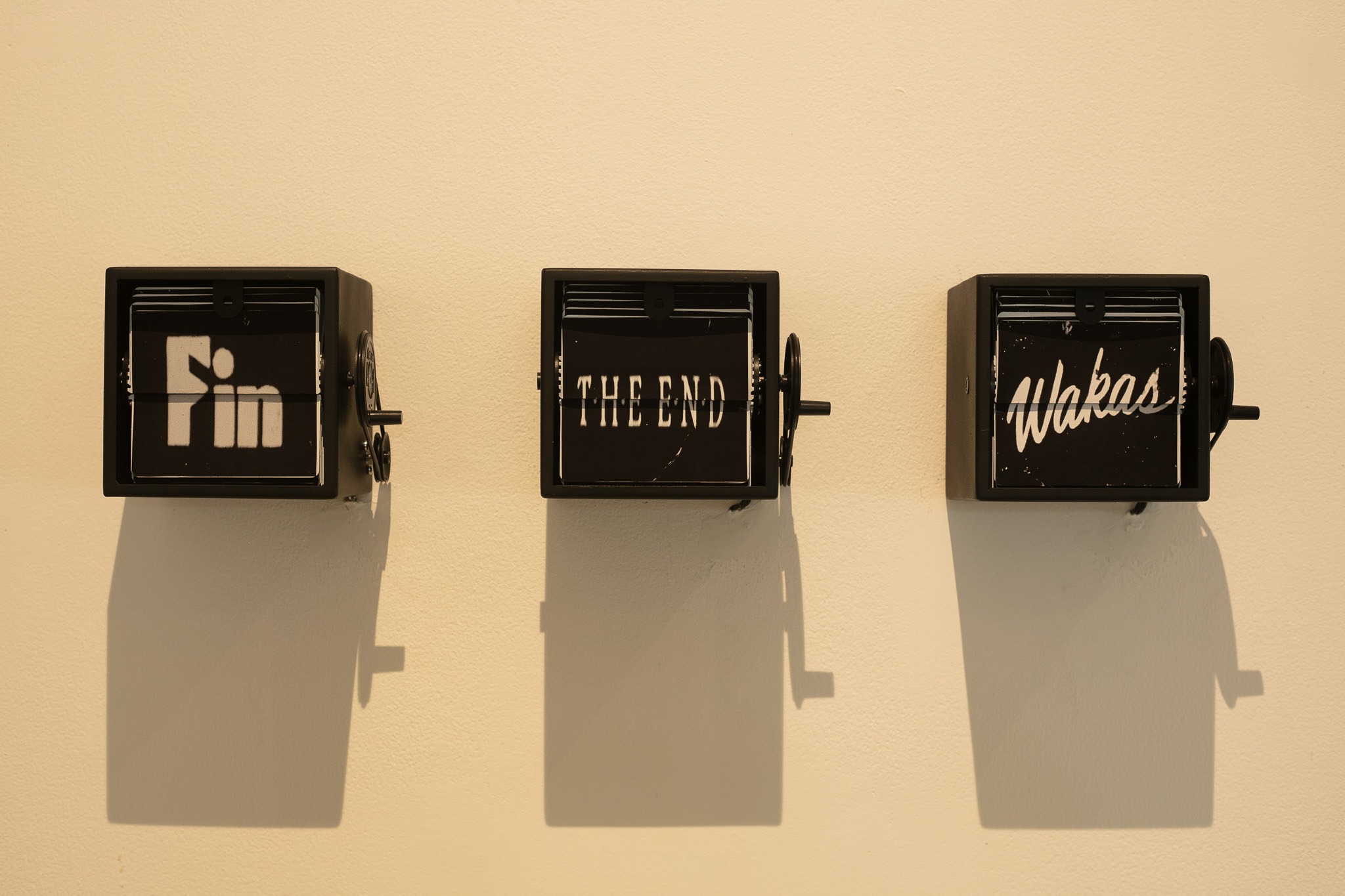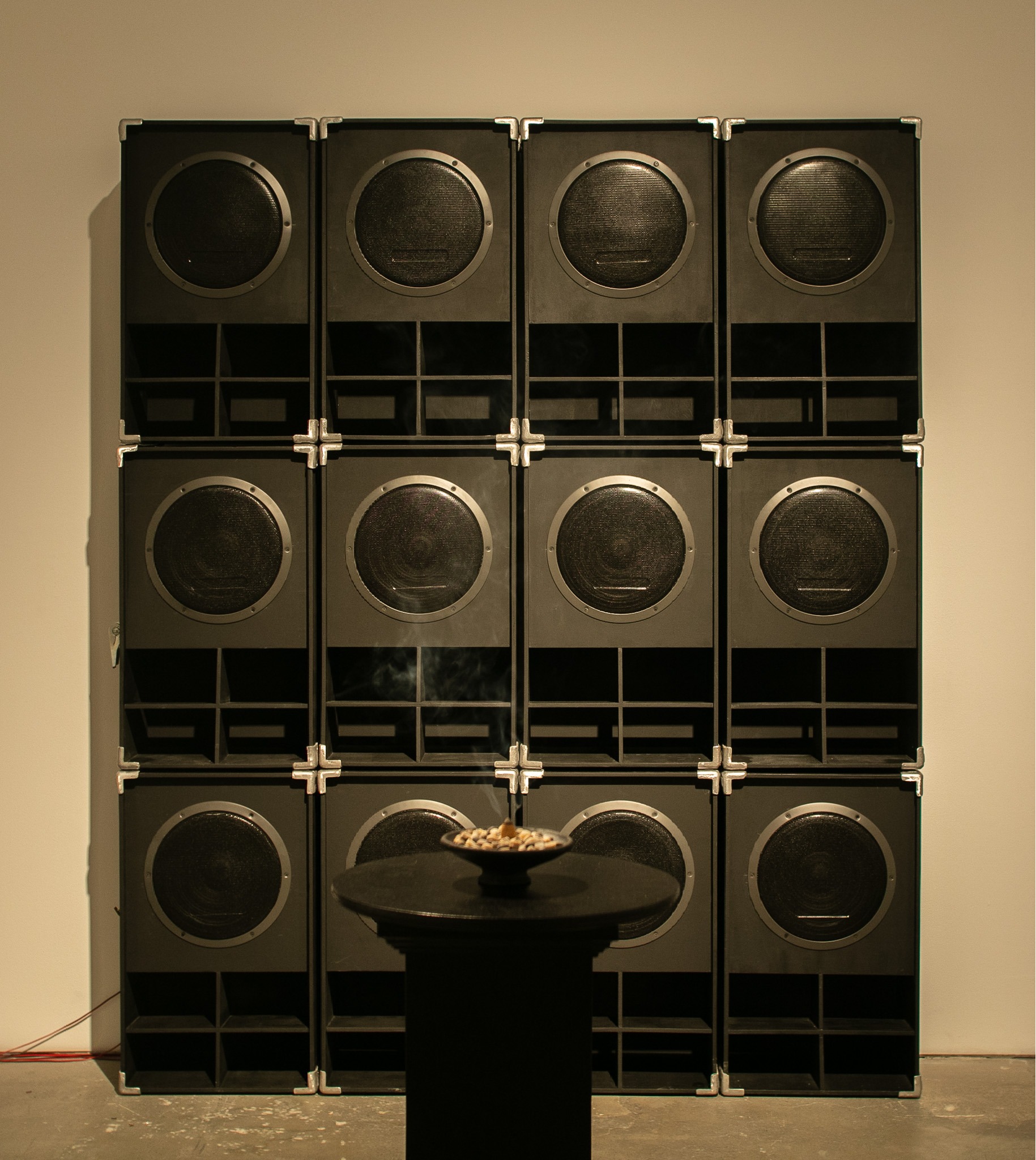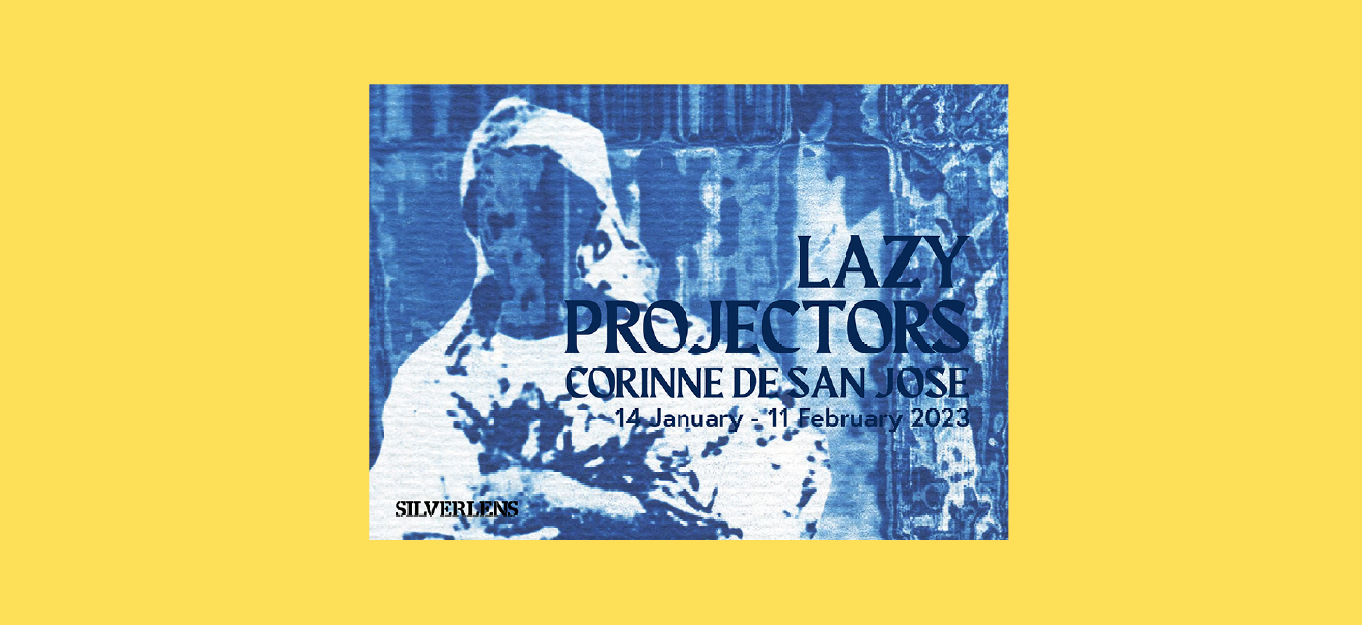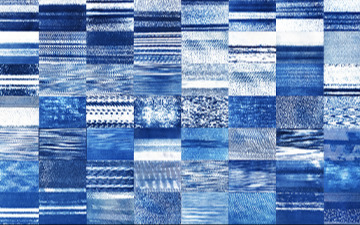
Lazy Projectors
Corinne de San Jose
Silverlens, Manila
About
In television procedural dramas, the path towards solving a case would typically begin with a forensics team combing through a crime scene in search of relevant material evidence: from fingerprints to blood spatter, from hair follicles to loose threads and other fibers. At the same time, beat cops would be asking around to see if the neighbors heard anything strange or saw someone suspicious. However, more than any eyewitness account, a recording on CCTV is usually the best proof, undeniable evidence that something indeed happened.
In the case of the 1919 film Dalagang Bukid (Country Maiden), the search for any surviving footage continues even as, by all accounts, it is considered lost. Widely acknowledged as the first feature film produced and directed in the Philippines by a Filipino, its absence points to a significant void in the country's cultural history, a lost connection to our creative forebears.
This loss has prompted the artist Corinne de San Jose to sift through and reinvestigate the trail of clues left by this lost film, not unlike a detective, salvaging what can be recovered for her latest exhibition Lazy Projectors, opening at Silverlens Manila this January 2023.
Information about the actual film remains scarce: it is an adaptation of a famous sarsuela that follows the story of a young flower vendor, Angelita (played by Atang de la Rama), as her parents force her to marry a local loan shark; it was released with subtitles in English, Filipino, and Spanish; Atang de la Rama had to sing the song Nabasag ang Banga (The clay jar broke) in person during its theatrical run. These seemingly isolated bits and fragments of information are grown by de San Jose into larger inquiries, set on a deliberate collision course with the history of photography and filmmaking, the early days of image-making. The broken clay jar fragments from the song find their way into a series of cyanotypes; along with a selection of inferred costume, casting, and setting possibilities, they serve as visual studies anticipating what may have been present in the original film.
Elsewhere in the space are silent nods to the evolving story of cinema, with a set of flipbooks and a zoetrope, the most rudimentary methods of creating moving images, holding ground against the latest AI art-generating technology.
Other elements also come into play: outside of the sarsuela and film, the term Dalagang Bukid is also a well-known subject matter of the late National Artist Fernando Amorsolo that features an idealized vision of a Filipina woman: wholesome, idyllic, and innocent. Furthermore, the term likewise refers to fish, a local staple that, as some claim, is named as such because its red underside resembles the fabric of a mountain maiden's dress. De San Jose layers these overlapping narratives into either playful or highly abstract pictures, seemingly using the process of cross-pollination to conjure a presence beyond the merely visible.
Crossing over to the realm of the invisible, an almost imperceptible hum emanates from a wall of speakers specifically modulated to 40hz, a frequency associated with improving memory-related brain functions among Alzheimer's Disease patients. The artist also learned to make incense from the local medicinal plant Damong Maria, which will be lit within the space at specific times throughout the exhibition's run. Echoing elements of rituals of purification or healing in sacred grounds, one could imagine a peculiar scent permeating the space, intense and intoxicating while it burns, subdued yet lingering when it ceases.
While we may never truly recover the film, de San Jose’s actions may point to another kind of recovery, just as one recovers from a malady, an ailing spirit nursed back to health. On a deeper level, they may ultimately lead to a subtle form of exorcism, not just against the ghosts of the lost relics of our collective identity but from the abundantly present forces that continue to haunt and perpetuate our unstable and always interrupted connection with our history.
– Gary-Ross Pastrana
Corinne De San Jose (b. 1977, Bacolod) is an interdisciplinary media artist based in the Philippines. Her works range from printmaking and video art to sculptures and sound installations, reflecting complex systems that interact among these different forms. They deal with the different processes between materiality and the inherent performativity to explore other possibilities of perceiving her own environment within and around.
De San Jose started her practice as a professional sound engineer eventually becoming an award-winning sound designer for movies, collaborating with Filipino directors including Lav Diaz, Erik Matti, and Raya Martin. Her work in the film industry has led to De San Jose’s early visual practice in photography, where she captures inanimate objects and landscapes as dynamic characters in visual narratives. She has also worked on “camera-less photographs” by directly exposing filmic materials to different ecological surroundings, creating elemental works that reveal both intrinsic and observational qualities. Her recent work involves the use of outmoded forms of communication (such as early film/animation devices, alternative photographic processes, radios, etc.) juxtaposing them with current and imagined technologies, to create new systems of storytelling.
Installation Views
Works
